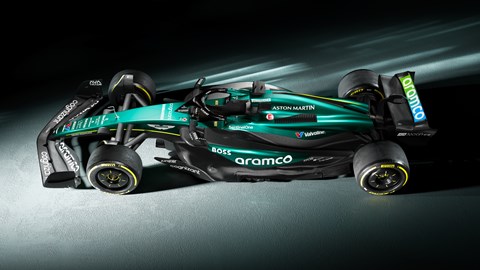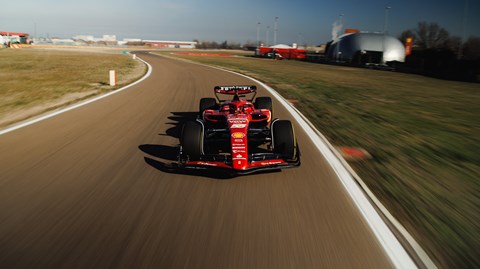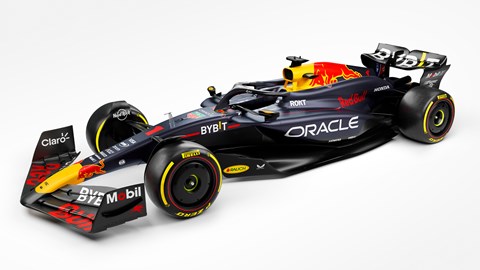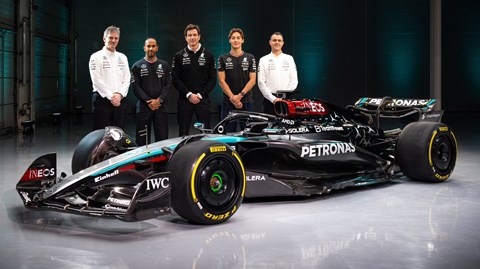► Why the F1 2024 grid is converging in designs
► What’s worked and what hasn’t
► What to look for this year
The 2022 Formula One kicked off with one of the most interesting grids we’ve seen in around a decade. First, there was the soup-bowl like Ferrari, with sidepods that looked baked rather than crafted of carbonfibre. Then there was the rocket booster engine cover of the Alpine, and the interesting floating sidepods and ‘waterslides’ of the Aston Martin car.

The most unusual-looking thing on the grid? That had to be the ill-fated Mercedes ‘zero pods’ that looked quick but caused the Brackley-based team constant issues. Sadly, the zeropod idea was fully dropped in mid-2023, and any big visual differences between the current crop of F1 cars disappeared with it. Even Ferrari’s novel ‘bathtub’ side pods didn’t survive ’til the end of the year.

Look at the grid now, and aside from a few highlights; including Red Bull’s F14-style intakes, Aston Martin’s organic looking sidepods and Mercedes’ interesting interpretation of the front wing rules – the cars look significantly more similar in concept than they did at the beginning of the 2022. Compare that to last set of regulations in 2021, when you had high-rake cars such as the Red Bull and low-rake cars such as the Mercedes, and a mixture of other ideas on the grid.
So, what gives? As you’d expect it’s all about performance, as Aston Martin’s technical director Dan Fallows explained at the launch of the AMR24: ‘Inevitably, when you have a team that’s doing as well as Red Bull have done since 2022, it’s inevitable that there will be some kind of convergence on their solutions,’ he said.

‘With the regulations that we have now, it is not particularly easy to have cars that are visually very different. So, it’s inevitable, I think that we would see some of that convergence. In many ways, more interesting is the convergence in lap times that we’ve seen – people are getting very close.’
The details
The relatively low ceiling of performance from the current regulations is making the midfield more competitive, with upgrades and track characteristics causing huge swings in the pecking order: just look at the rise of McLaren, the relative fading of Aston Martin’s performance, and the constant to-and-fro of the battle between Mercedes and Ferrari. Red Bull aside, it’s making for closer racing – just as our recent article shows.

However, that’s not to say there’s still not something for the fans of the more technical side of the sport. The last two years of the current rules (2024 and 2024) will see teams spend their resources coming up with ever more devious solutions and details to get an edge against the competition. So, while the concepts will look largely the same, the cars themselves will be bristling with new details from race to race.
According to Fallows, teams will get time from ‘smaller details, more detailed elements of the floor and other parts of the car. ‘

‘There’s still a lot of lap time to come,’ he said. ‘We take the approach that Red Bull are absolutely beatable. That’s what we’re chasing after we’re focusing on them. And that’s what we’re aiming for.’
Fallows is right, of course – and you don’t need to look further than favourites Red Bull for proof. Although it looks similar last year’s dominant RB23, the RB24 features new details from other cars on the grid – not to mention extreme sidepod inlets.